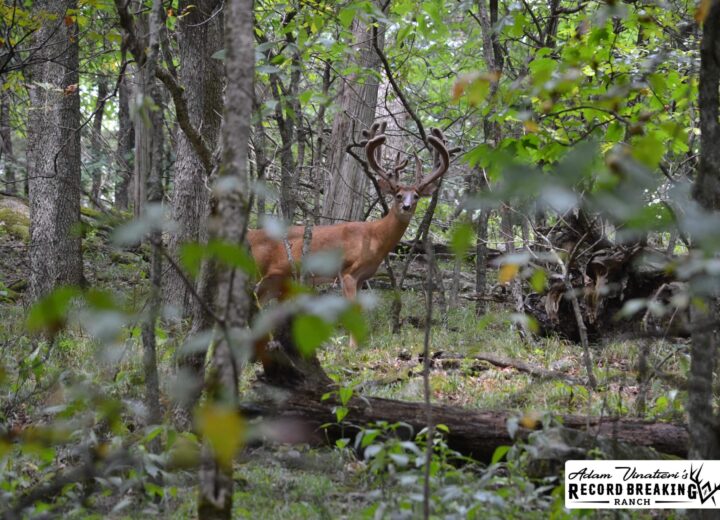
Social and Second Rut Behavior
The concept of a “second rut” in whitetail deer refers to a secondary period of increased breeding activity that may occur several weeks after the primary rut. While the primary rut is the main breeding season at Record Breaking Ranch, there are instances where some does may not conceive during the initial estrus cycle. This can lead to a secondary rut, often referred to as the “second rut” or “late rut.”
Here are some key points about the second whitetail rut:
- Unsuccessful Breeding: Some does may not successfully breed during the primary rut for various reasons, such as being too young, not reaching optimal physical condition, or experiencing delayed estrus cycles.
- Delayed Estrus: Does that did not conceive during the primary rut might come into estrus later. This delayed estrus can attract bucks, leading to a secondary period of increased breeding activity.
- Younger Does: In some cases, younger does that did not reach maturity during the primary rut may come into estrus during the second rut.
- Bucks Searching for Does: Bucks, driven by their instincts to breed, may continue to actively search for receptive does during the second rut.
- Reduced Intensity: The second rut is generally less intense than the primary rut. There are typically fewer does in estrus, and the overall breeding activity is reduced.
- Weather Influence: Environmental factors, such as weather conditions and available food sources, can influence the timing and intensity of the second rut.
- Geographical Variations: The occurrence and timing of the second rut can vary based on geographical location. In some regions, it may be more pronounced, while in others, it might be less noticeable.
- Hunting Opportunities: For hunters, recognizing the potential for a second rut can offer additional hunting opportunities. However, the timing and intensity of the second rut can be less predictable compared to the primary rut.
While the second rut is a phenomenon observed in some whitetail deer populations, it’s important to note that not all deer exhibit this behavior. Additionally, the extent and timing of the second rut can vary from year to year and from one location to another. Wildlife managers and hunters often monitor local deer populations and behavior to gain insights into the occurrence of a second rut in a particular area.






0 Comments